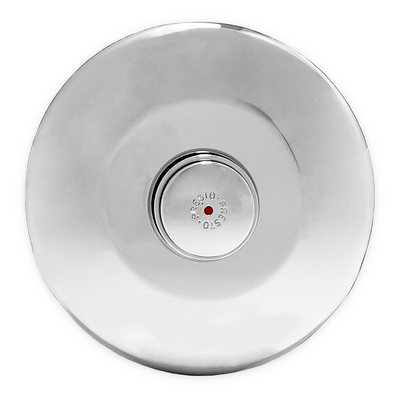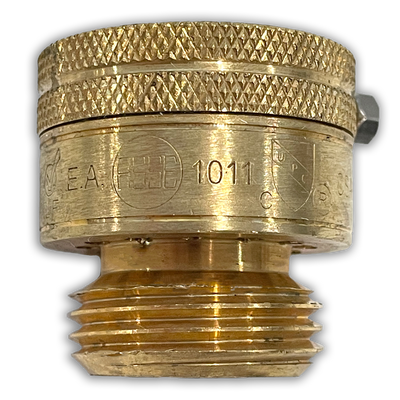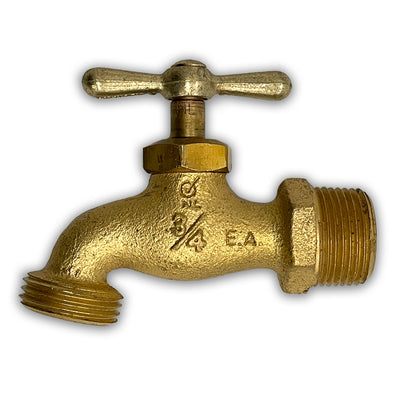Solenoid Valves: Controlling the Flow
In the world of fluid control and automation, solenoid valves are unsung heroes, quietly orchestrating the movement of liquids and gases in countless industrial, commercial, and even domestic applications. If you've ever wondered what solenoid valves are and how they work, you've come to the right place. In this blog post, we'll delve into the fascinating world of solenoid valves, shedding light on their functions, applications, and essential role in modern technology.
What Are Solenoid Valves?
At its core, a solenoid valve is an electromechanical device used to control the flow of fluids or gases through a pipe or a duct. It operates by using an electromagnetic coil (solenoid) to open or close a valve, allowing or obstructing the flow of the substance it's controlling.
How Do Solenoid Valves Work?
The inner workings of a solenoid valve are elegant in their simplicity:
1. Solenoid Coil: At the heart of the solenoid valve is a coil of wire. When an electrical current passes through this coil, it creates a magnetic field.
2. Plunger or Armature: Inside the coil, there's a plunger or armature, typically made of ferrous metal. The magnetic field generated by the coil exerts force on this plunger.
3. Valve Mechanism: The plunger is connected to a valve mechanism. When the solenoid is energized (current passes through the coil), the magnetic force pulls the plunger towards the coil, opening the valve and allowing fluid or gas to flow.
4. Spring: When the electrical current is turned off, a spring usually returns the plunger to its original position, closing the valve and stopping the flow.
Applications of Solenoid Valves
Solenoid valves are incredibly versatile and can be found in numerous applications across various industries:
1. Water Control: In domestic and industrial settings, solenoid valves are used in dishwashers, washing machines, irrigation systems, and water treatment plants to control the flow of water.
2. Gas Control: They are used in gas stoves, heating systems, and industrial gas pipelines to regulate gas flow.
3. Automotive Industry: Solenoid valves are integral in vehicles, controlling fuel injection, transmission shifts, and emissions control.
4. Medical Devices: Precision solenoid valves are used in medical equipment, such as ventilators and analytical instruments, for accurate fluid control.
5. Manufacturing: In manufacturing processes, solenoid valves play a pivotal role in controlling the flow of liquids and gases for various production stages.
6. Security Systems: Solenoid valves are used in fire suppression systems to release extinguishing agents when needed.
7. Agriculture: In agricultural machinery, they control the flow of fertilizers, pesticides, and irrigation water.
Solenoid valves are the silent workhorses that make our modern world run smoothly. Their ability to control the flow of fluids and gases with precision and reliability has made them indispensable in countless applications, from our homes to industries and beyond. As technology continues to advance, solenoid valves will undoubtedly remain an essential part of our fluid control systems, contributing to increased efficiency, safety, and automation in our daily lives.
What Are Solenoid Valves?
At its core, a solenoid valve is an electromechanical device used to control the flow of fluids or gases through a pipe or a duct. It operates by using an electromagnetic coil (solenoid) to open or close a valve, allowing or obstructing the flow of the substance it's controlling.
How Do Solenoid Valves Work?
The inner workings of a solenoid valve are elegant in their simplicity:
1. Solenoid Coil: At the heart of the solenoid valve is a coil of wire. When an electrical current passes through this coil, it creates a magnetic field.
2. Plunger or Armature: Inside the coil, there's a plunger or armature, typically made of ferrous metal. The magnetic field generated by the coil exerts force on this plunger.
3. Valve Mechanism: The plunger is connected to a valve mechanism. When the solenoid is energized (current passes through the coil), the magnetic force pulls the plunger towards the coil, opening the valve and allowing fluid or gas to flow.
4. Spring: When the electrical current is turned off, a spring usually returns the plunger to its original position, closing the valve and stopping the flow.
Applications of Solenoid Valves
Solenoid valves are incredibly versatile and can be found in numerous applications across various industries:
1. Water Control: In domestic and industrial settings, solenoid valves are used in dishwashers, washing machines, irrigation systems, and water treatment plants to control the flow of water.
2. Gas Control: They are used in gas stoves, heating systems, and industrial gas pipelines to regulate gas flow.
3. Automotive Industry: Solenoid valves are integral in vehicles, controlling fuel injection, transmission shifts, and emissions control.
4. Medical Devices: Precision solenoid valves are used in medical equipment, such as ventilators and analytical instruments, for accurate fluid control.
5. Manufacturing: In manufacturing processes, solenoid valves play a pivotal role in controlling the flow of liquids and gases for various production stages.
6. Security Systems: Solenoid valves are used in fire suppression systems to release extinguishing agents when needed.
7. Agriculture: In agricultural machinery, they control the flow of fertilizers, pesticides, and irrigation water.
Solenoid valves are the silent workhorses that make our modern world run smoothly. Their ability to control the flow of fluids and gases with precision and reliability has made them indispensable in countless applications, from our homes to industries and beyond. As technology continues to advance, solenoid valves will undoubtedly remain an essential part of our fluid control systems, contributing to increased efficiency, safety, and automation in our daily lives.




